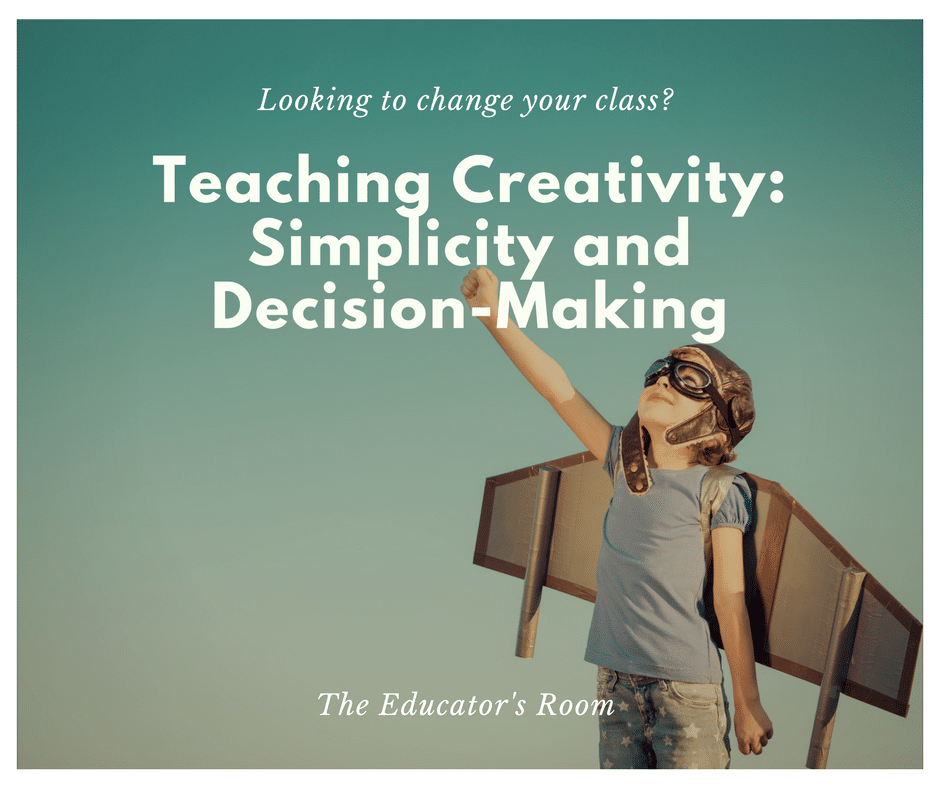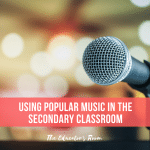By: Aimee Cribbs
There was a Christmas that Santa filled my daughter’s stocking with masking tape because my little girl was not interested in the season’s hottest toys, but making things out of the boxes they came in. As an art educator in retrospect, I realize how this unsophisticated Christmas contributed to my now-teenage daughter’s creative confidence. After thirteen years in the elementary art classroom, I’ve observed the decline in student risk-taking confidence as our schools become more testing-centered and focused on finding the “right” answer. At the same time, I am filled with hope, as the 2016-17 TKES goal-setting process allowed me to document the power of simplicity as an inspiration for creative thinking.
Sir Ken Robinson acknowledges that humans are innately creative creatures. He also recognizes the role of Arts education to foster creativity and teach the heart of humanity. I agree and add that general education teacher of all grades and ability levels, as well as specialists in all content areas, can rise to this challenge. As Piedmont College professor Dr. Michael Shirley explains, “teaching creativity is different than teaching creatively”. Sternberg (2003) describes creativity as a decision-making process. My experience suggests that the simplest way to teach creativity is to provide opportunities to build confidence with decision-making.
[bctt tweet=”Teaching creativity is different than teaching creatively.” username=””]
When studying the reactions of second-grade students in ten separate classes to various art projects over the course of a school year, I observed that repeated exposure to open-ended projects, with limited directions and limited materials built decision-making abilities and builds creative confidence. The best news? Simple projects are low-maintenance and can be adapted across curricula and grade levels.
How does a decision-making project look in action?
- Open-ended projects lead students to make choices about what to make and how to make something. Think of a pile of supplies, like my young daughter’s boxes and tape. She had to decide what to make, then figure out how to make it. You may do this as a whole group or set up a station or center activity. You may set up a writing center with various materials or a science center with a collection of scientific tools.
- Limit supplies. During a puppetry unit, I was compelled to gather all my feathers, beads and scraps of fabric and let my students have at it. After discovering I was out of paper lunch bags, I quickly switched gears and showed my students how to create simple puppets with one piece of folded paper and crayons. The simple lesson took off and students had a blast making a folded piece of paper come to life. I knew the lesson was a success when a classroom teacher told me he had to outlaw tearing pages out of writing journals. His students were using the pages to make puppets.
- Use as few directions as possible. Of course, you shouldn’t leave your students floundering in frustration but stick to the absolute fewest directions possible. Over time, this will build your students’ comfort with “figuring things out”.
- Provide examples of finished products and consider taking these away after introduced. This way, your students will have an idea of where they’re headed but also be unlikely to reproduce an example.
While the minimalist approach is important, it is also important to maintain exposure to decision-making opportunities. Mix in open-ended projects throughout the year. Decision-making confidence can only increase over time, as I found out during my final second-grade art project of the year. I heard a second-grade student laugh and say, “I really have no idea what I’m doing. I’m just using my imagination!” Mission accomplished.
Sternberg, R. (2003). The development of creativity as a decision-making process. Creativity and Development. New York, NY: Oxford University Press, 91-133.







